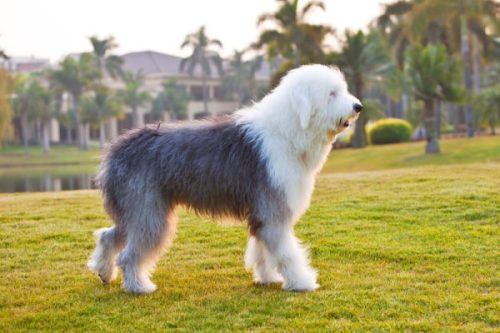
There once was an Old Man of Kamschatka
Who possessed a remarkably fat cur;
His gait and his waddle
Were held as a model
To all the fat dogs in Kamschatka
Never one to shirk off the sharing of a good limerick, we felt compelled to pass along this one, but then found ourselves faced with a dilemma. Do we devote the rest of the post about dogs of Kamschatka, or about dogs that waddle? And where is Kamschatka, anyway?
We learned that Kamschatka is in the Russian Far East, and has some of the wildest country on the planet. As of 2018, it was the location of the world’s longest (if not toughest) dog-sled race, the Beringia. Check it out:
Competing with dogs in sub-zero temperatures through blizzards and across extreme terrain for almost a month is not something everyone will agree is a good idea, so we move on to the next option offered by the limerick: Waddling.
As of this writing, not one AKC breed standard mentions “waddling,” but that doesn’t mean it’s not a thing. Some books on dog structure define waddling as a pronounced lateral movement usually associated with obesity or arthritis in an older dog. As an aside, did you know that a fat dog has a whopping 8% shorter stride length than a fit dog? Or that if a dog’s two back legs have arthritis, the dog might waddle to spare his compromised joints pain if he walked straighter?
Some sources describe waddling (erroneously, in our view) as pacing. As we understand pacing, it is a rolling motion in which the left foreleg and left hind-leg advance forward in unison. Most dogs pace at one time or another, i.e., when they’re tired or are goofy youngsters – it’s a comfortable gait. In some breeds, namely the Old English Sheepdog, pacing or ambling is, in fact, normal at slower speeds, and the breed standard says as much.
There is nothing clumsy about a sound Old English Sheepdog that is pacing, but in the book by Andrew De Prisco and James B. Johnson, Canine Lexicon, waddling is described as an awkward tottering from side to side caused by bow hocks that cause back feet to cross when moving. Perhaps it is in the eye of the beholder, but we see a distinction between a dog that waddles and a dog that paces. While the movement of the pace is the same as the amble – two legs on the same side moving in tandem and putting two feet on the ground at any given time – a pace is slightly faster than the amble, and usually involves feet being lifted slightly higher off the ground.
Well look at this! Before we know it, we’ve reached a good place to conclude this post. We see that ultimately, we ended up talking about waddling and not a sled dog race, but dog people can talk for hours about dog movement. Perhaps it comes down to semantics, but what say you about waddling versus pacing or ambling?
Image: Old English Sheepdog by ©Liumangtiger/Dreamstime stock photo
